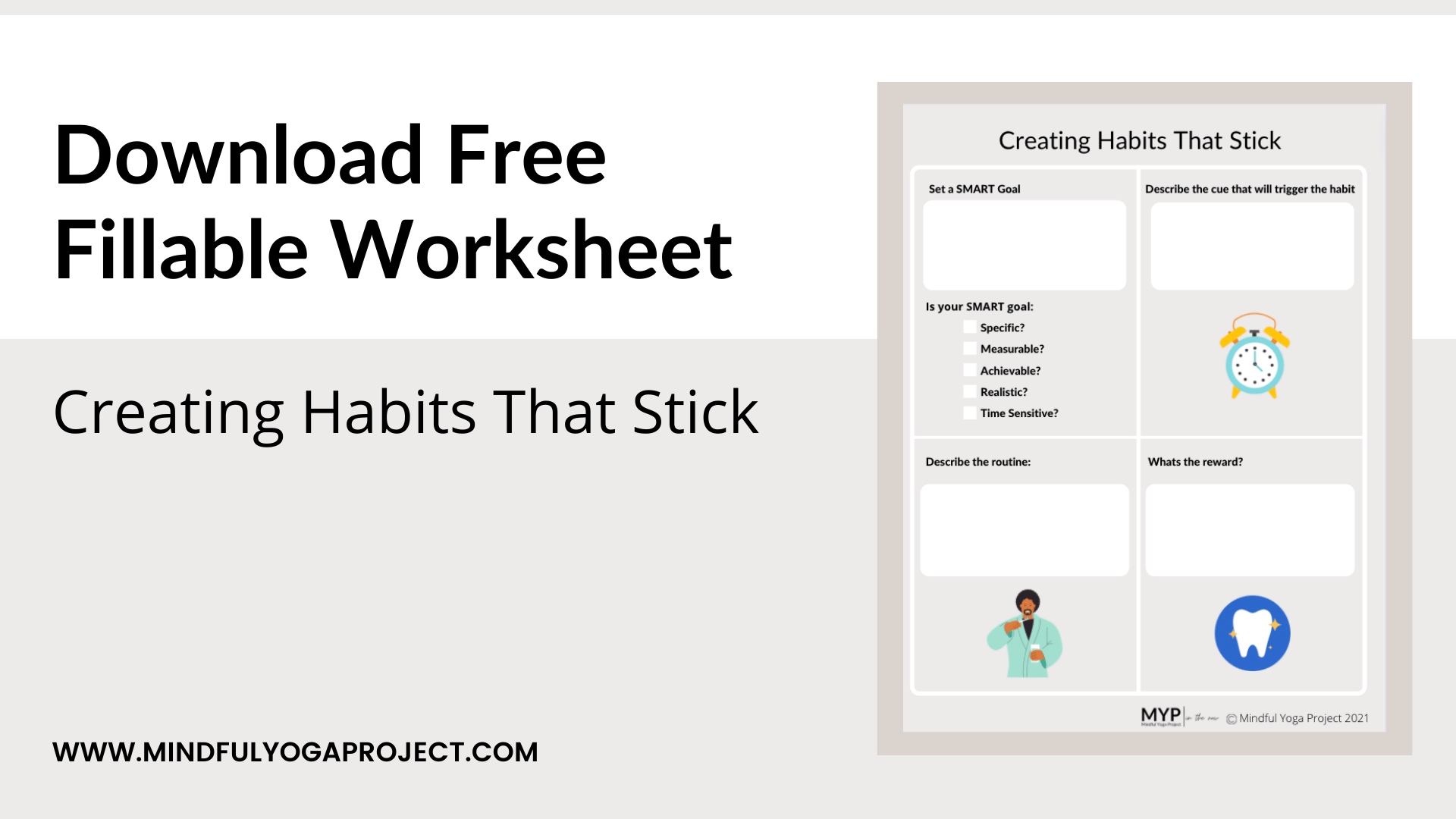|
Humans have evolved to create habits in order to help conserve brain power.
If we had to think about every little thing we do daily we would be exhausted before breakfast. Scientifically, our brain automates tasks in order to save energy for more important tasks that require our attention. In this post I will be discussing a three part science backed habit loop that helps us form routines that become automatic and stick. Three Essential Steps To Creating A Habit Loop
The best way to form a habit is to learn how to manipulate the habit loop in your favor. To do that, let’s look at each component in detail: 1. The Cue
Half the battle in creating a habit is getting started.
All the excuses and mental resistance chatter occur right before you start a routine. I can explain to you one hundred and one reasons why I don’t want to put on my sneakers and go to the gym but once I finally do I can work out. Remember Newton’s law: objects in motion tend to stay in motion. Creating a routine that has an easy start is essential to forming any habit. Rituals have been utilized for hundreds of years to prime and automate habits and routines. Rituals utilize cues that prompt behavior. For example, before volleyball games in high school, we always completed the same warm-up with the same music every time. This pumped us up for the game. The routine became automatic because it was the same every time. Examples of cues could be a time of day or a preceding event. It's easy to talk yourself out of something when you don’t have a plan. The most productive and successful people have planned schedules that they stick to every day. When creating a mindfulness meditation habit, I recommend choosing a cue that happens every day at a specific time. Don’t waste energy trying to figure out when you are going to meditate- it will probably hang over your head and just stress you out. 2. Routine: the habit itself
If we are trying to develop a mindful meditation habit we would meditate for the same amount of time (10 minutes) every day for it to become automatic over time.
When choosing the habit to implement, make sure that your goals are realistic. Sometimes we want to get to the finish line without being practical about where we are starting from. Check out this article titled 5 Strategies to Creating Mindful SMART goals 3. Reward: the prize you get for completing your habit
This is the fun part- the reward.
This has to be something you crave. For example, personally, I wouldn’t reward myself with a cup of green tea but I might reward myself with a cup of coffee with cream and a spoonful of sugar. I wouldn’t reward myself with a handful of raw almonds but I might reward myself with a piece of salted caramel milk chocolate. I probably won’t reward myself by gardening but I might reward myself by fitting in tv time before heading off to work Remember, the habit loop only works if the cue is tied to a reward that you crave. It’s in our favor, to be honest about our cravings to get the most out of our habit loop. 
Thank you!Please check your email to download your content.
Creating a habit of integrating mindfulness meditation into your lives will be more successful if you are able to implement this three step protocol to your practice.
My mindful meditation habit loop looks like this:
What cues, routines, and rewards can you set up around your mindfulness practice to build the habit? Join the FREE 7 Day Mindfulness ChallengeThank you!Please check your email to access content.
0 Comments
Leave a Reply. |
Hi, I'm AlyssaMindfulness, yoga, and herbal medicine have been fundamental to my own journey in life. I hope to share my experiences and perspectives in order to inspire and connect with others. Archives
January 2024
Categories
All
|
|
Herbs Love And Yoga
111 Church Hill Rd., Suite 1 Sandy Hook, CT 06482 |
(917) 267-8203
[email protected] |
Proudly powered by Weebly




 RSS Feed
RSS Feed

